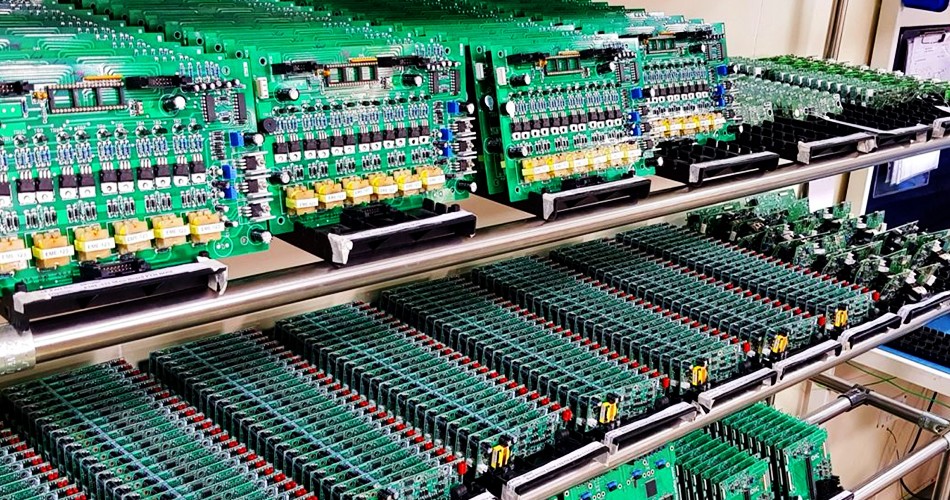- English
- Español
- Português
- русский
- Français
- 日本語
- Deutsch
- tiếng Việt
- Italiano
- Nederlands
- ภาษาไทย
- Polski
- 한국어
- Svenska
- magyar
- Malay
- বাংলা ভাষার
- Dansk
- Suomi
- हिन्दी
- Pilipino
- Türkçe
- Gaeilge
- العربية
- Indonesia
- Norsk
- تمل
- český
- ελληνικά
- український
- Javanese
- فارسی
- தமிழ்
- తెలుగు
- नेपाली
- Burmese
- български
- ລາວ
- Latine
- Қазақша
- Euskal
- Azərbaycan
- Slovenský jazyk
- Македонски
- Lietuvos
- Eesti Keel
- Română
- Slovenski
- मराठी
- Srpski језик
Application of hot melt adhesive in PCBA processing
2024-08-05
As a commonly used adhesive material, hot melt adhesive plays an important role in PCBA processing. This article will discuss the application of hot melt adhesive in PCBA processing, including the principle, application scenarios, advantages and precautions of hot melt adhesive.

1. Principle of hot melt adhesive
Hot melt adhesive is a solid adhesive, and its principle mainly includes the following points:
Heating and dissolving: hot melt adhesive is heated and dissolved into a liquid state at a certain temperature, and has adhesive properties.
Rapid solidification: hot melt adhesive quickly solidifies into a solid state after cooling, forming a strong bond.
Good adhesion: hot melt adhesive has good adhesive properties and can bond a variety of materials.
2. Application scenarios
The application scenarios of hot melt adhesive in PCBA processing are very wide, including but not limited to:
Component fixing: used to fix the position of components on the circuit board, such as patch components, plug-in components, etc.
Line fixing: used to fix lines and wires to prevent lines from loosening or disconnecting.
Waterproof and dustproof: used to seal circuit boards and components to prevent moisture and dust from entering and improve protection performance.
Structural connection: used for the connection of structural parts, such as the connection between chassis, housing, etc. and circuit boards.
3. Advantages
Hot melt adhesive has many advantages in PCBA processing, mainly including:
Fast curing: Hot melt adhesive cures quickly after heating, accelerating the production rhythm.
Good adhesion: Hot melt adhesive has good adhesion performance and can bond a variety of materials.
Waterproof and dustproof: Hot melt adhesive can form a sealing layer to improve the protective performance of circuit boards.
Wide applicability: Hot melt adhesive is suitable for bonding a variety of materials, such as plastics, metals, ceramics, etc.
4. Precautions
When using hot melt adhesive for PCBA processing, the following matters need to be noted:
Temperature control: Control the heating temperature of hot melt adhesive to avoid excessively high temperature causing carbonization of hot melt adhesive or too low temperature affecting the bonding effect.
Uniform coating: The hot melt adhesive should be evenly coated to avoid uneven thickness causing weak bonding.
Bonding time: It needs to be kept for a certain period of time after bonding to ensure that the hot melt adhesive is completely cured.
Use environment: Avoid using hot melt adhesive in high temperature or high humidity environments to affect the bonding effect.
Conclusion
As a commonly used adhesive material, hot melt adhesive plays an important role in PCBA processing. It has the advantages of fast curing, good adhesion, waterproof and dustproof. When using hot melt adhesive, you need to pay attention to temperature control, uniform coating, bonding time and other issues to ensure the bonding effect and stability of the hot melt adhesive. By using hot melt adhesive reasonably, the reliability and stability of the circuit board can be improved, and the PCBA processing industry can be promoted to a more efficient and reliable direction.
-
Delivery Service






-
Payment Options









